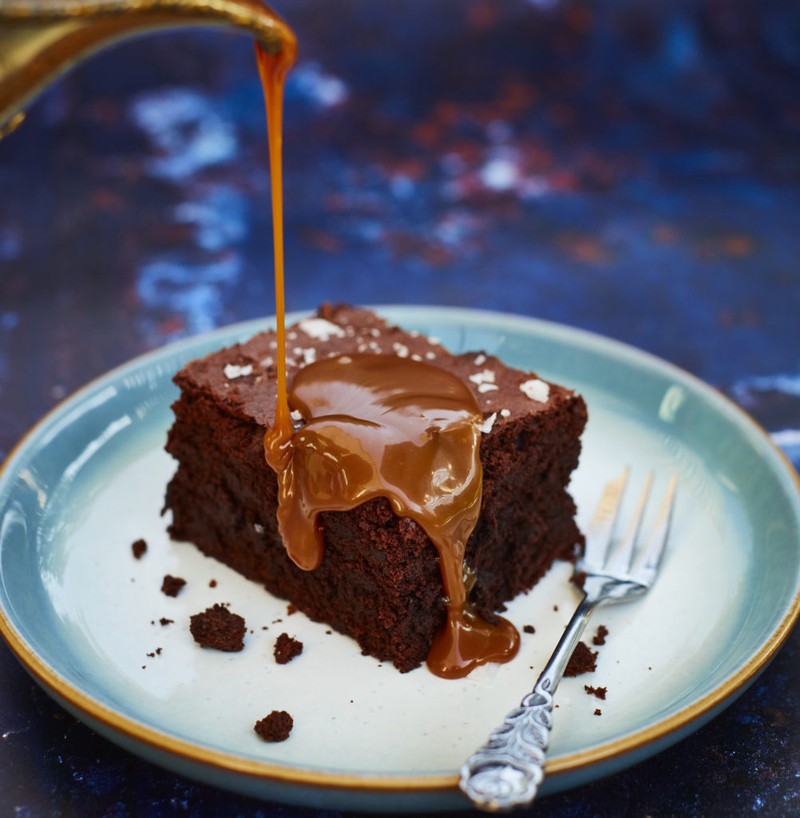
How To Use Salt Properly
Gemma Simmonite, Gastrono-me
“When we think of salt, it’s invariably for the use of seasoning savoury food. But the addition of a little salt to your baking and desserts can actually help enhance the sweetness, too. We’re all familiar with the deliciousness of salted caramel in puddings but how about adding a tiny pinch in other dishes too? Far from turning your chocolate chip cookies or tart au citron salty, it magically gives them an added umami depth and prevents them from being merely sweet and cloying – it’s almost like salt gives sugar a hip edge. Apparently, it’s all down to our sweet receptors and salt’s mystical ability to suppress certain flavours while bringing out the power of others. Ever tried sprinkling a little salt on a watermelon and find that it somehow makes the watermelon sweeter? Or while enjoying a margarita, where the salt rim seems to upgrade the puckery lime taste and intensify the enjoyment of the tequila? Sodium may get a bad rap, but it’s an almighty powerful tool. Even a little salted butter in your porridge is lovely – it turns a humble breakfast bowl into something far more taste complex. Salty sweet combinations give our taste buds and brains a flavour workout, and they are a great addition to any menu – our bestselling ‘Hangover Pancake Stack’ is doused in maple syrup and layered with salty crispy bacon and topped with a sunny side-up egg. Try adding a sprinkling of salt to something sweet soon – you won’t regret it.”
Visit Gastrono-me.co.uk
Shaun Rankin, Shaun Rankin at Grantley Hall
“We use Maldon salt at home and in the restaurant – the flavour is very polite, so it can be used on most things when cooking. Try covering some fresh cod or haddock in salt for 5-10 minutes, then wash the salt off and pat dry with a clean cloth before cooking. This quick tip really helps enhance the flavour of the fish.”
Visit GrantleyHall.co.uk
Paul Leonard, Forest Side
“Salt is the must-have ingredient in any kitchen. Used correctly, it is the one single ingredient to enhance a dish and helps ingredients achieve the maximum amount of flavour possible – it suppresses bitterness, enhances sweet and savoury flavours, and amplifies aromas. It's important to acknowledge when the best time to add the salt is during cooking. Naturally people tend to add salt in the final stages of cooking, however it is more beneficial to add the salt during cooking as this helps to enhance the flavour and draw out moisture during the cooking process, giving you a more rounded finish to your dish. It’s really important to buy good salt too. We only ever use pure sea salt in our kitchen at Forest Side – most table salts have chemicals added to them which is not essential and can have a negative effect on the seasoning.”
Visit TheForestSide.com
Ben Tish, Norma
“Salt is needed to make food tastier and taste more of itself, and used in a controlled way, it's not unhealthy. Make sure to use a more natural salt like Maldon sea salt flakes – you’ll use less to season, as it's purer in flavour and covers a wider surface area than granules, so less is more. As a chef, using a decent salt is an absolute must and for me, there's none better than Maldon. It's such a versatile ingredient and can be used at any time in the cooking process. Sea salt flakes not only elevate the taste and brightness of a dish, they add real texture, which is so important. It's also a hero ingredient when it comes to flavouring more humble ingredients like root veg or cauliflower leaves. But there's a lot more to it. I use sea salt flakes for everything from quick preserved lemons and fridge-foraged salsa verde to a simple mayonnaise and an incredible three-ingredient roasted nut butter, which uses salt, peanuts and oil.”
Visit NormaLondon.com
Ellie Edwards, Souschef
“There’s more to this condiment than sea salt. Viking smoked salt is a deep yellow salt, which transforms dishes with intense, Nordic, wood-smoked flavours. It involves evaporating seawater over a juniper, cherry, elm, beach and oak-wood fire, infusing the salt with smokey bonfire notes – making it ideal for meats and fish. Red alaea salt is made from purified sea water blended with Hawaiian red volcanic clay, known as 'alaea' in Hawaiian. In Hawaii, this clay is lauded for its health benefits: it contains 80 different minerals, with a particularly high iron content which accounts for the salt's striking colour. Traditionally, red alaea salt was used for flavouring, and you'll find plenty of recipes for pork using the red salt to season the meat. But the dramatic colour and mildly nutty notes also make this a great finishing salt, and it is loved for its ability to 'seal' in moisture during cooking. Persian blue salt is a coarse salt studded with sapphire-coloured rock crystals. It has a mild taste, which means that it won’t overwhelm delicate flavours. It has a strong coarse texture though, retaining a clean bite. Ideal for adding a touch of glamour to rims of cocktail glasses or sprinkled over white fish or carpaccio.”
Visit Souschef.co.uk
Marwa Alkhalaf, Nutshell Covent Garden
“There two tricks taught to me by my mother that we still use today. Rice is almost tasteless without salt. So, to ensure that my rice is seasoned properly – and this only applies if you are parboiling rice then steaming it – season your boiling water until it tastes like sea water, so really salty, and then add the rice. It comes out seasoned perfectly every time as the flavour penetrates deeper. Follow the same method with pasta, as it not only seasons it perfectly, it also stops it from sticking. Try adding a sprinkle of salt to your onion when sautéing it and it will help draw the moisture out so it cooks faster, so when a recipe says sweat onions for 5 minutes, you can actually make good on that instead of the 15 minutes it takes in reality. Try to use fine sea salt when cooking, as it’s less salty on the palate and more forgiving when you add more than you should – but technically it’s just released slower on your tastebuds. Whether it’s salt or spices, always make sure to season as you go and before adding any liquids to my dish to ensure that the flavours will penetrate the ingredients.”
Visit NutshellLondon.co.uk
Mark Hartstone, La Fosse
“As a chef, pure Dorset sea salt made by Jethro on Portland, or mineral-rich Sel de Guerande, where the salt is still produced naturally by the sun's energy and the salt is skimmed off the surface by hand, are my personal favourites. You could also have a go at smoking your own salt over locally sourced applewood chips and make a citrus-based salt by adding finely grated lemon or lime zest to Dorset salt. A top tip when making terrines or parfaits is to use sel rose salt to help keep the colour of the meat. And always add salt steadily to taste – it is nearly impossible to rectify over seasoning.”
Visit La-Fosse.com
Inspired to be a bit more adventurous with salt? Try some of these top products…
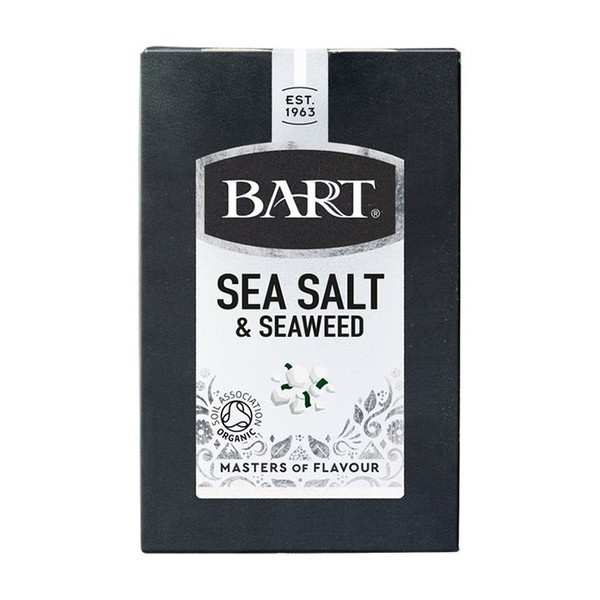
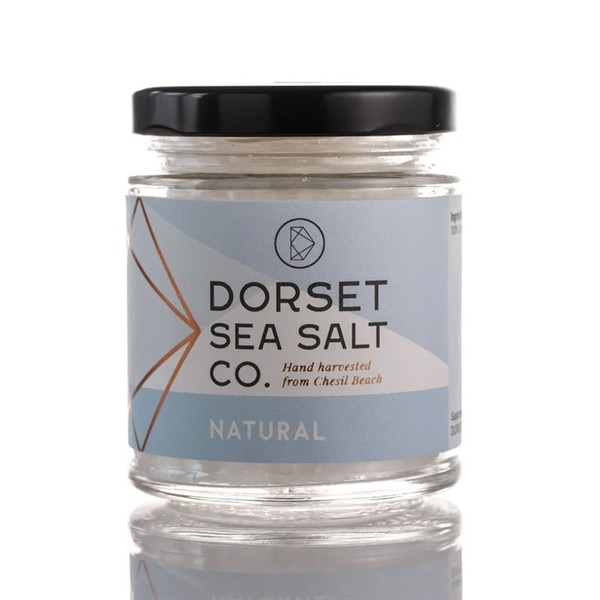
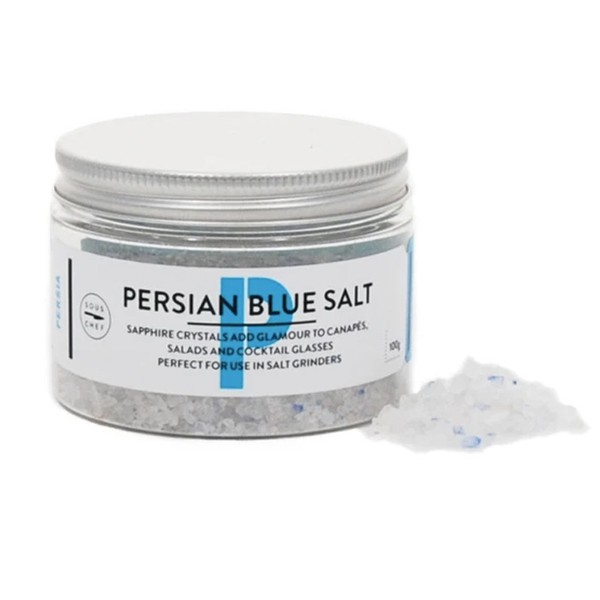
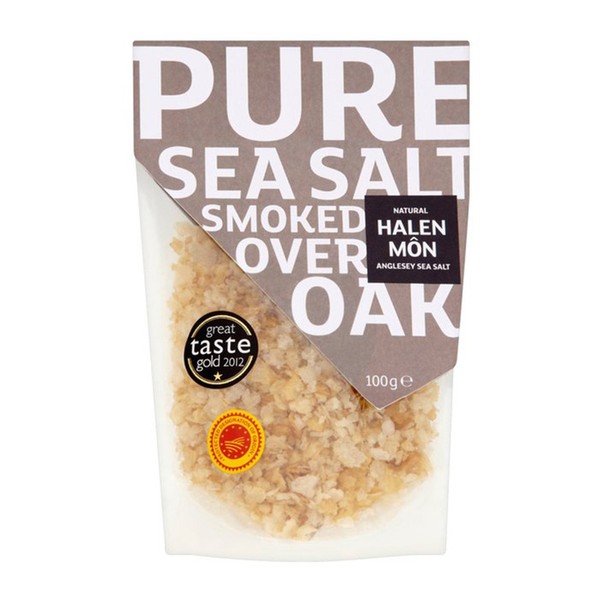
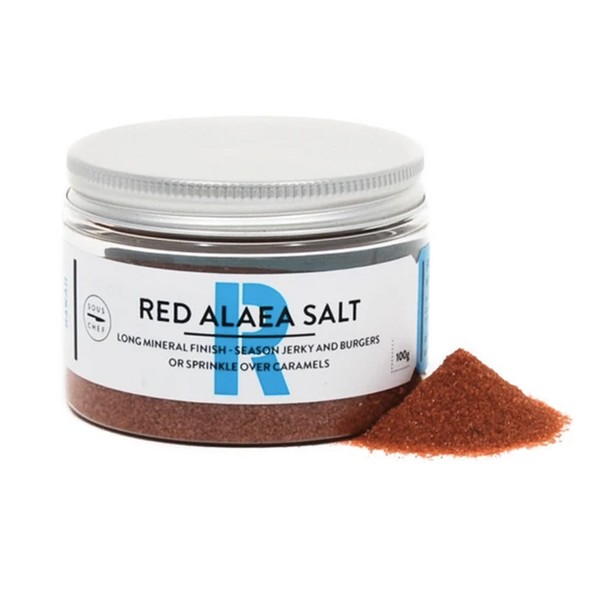
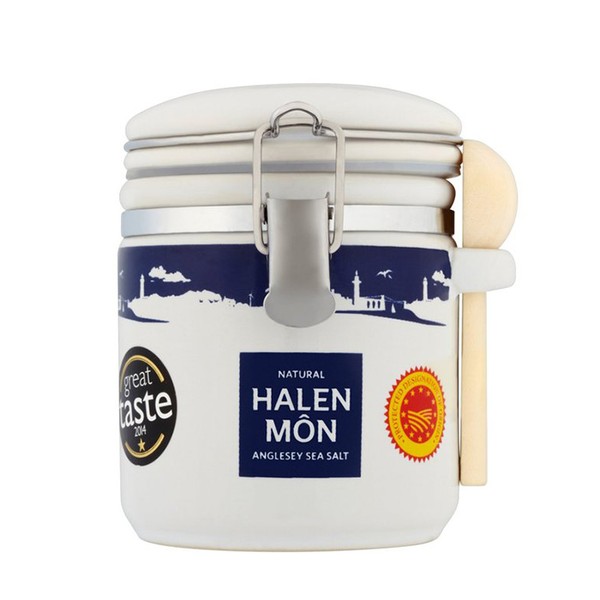
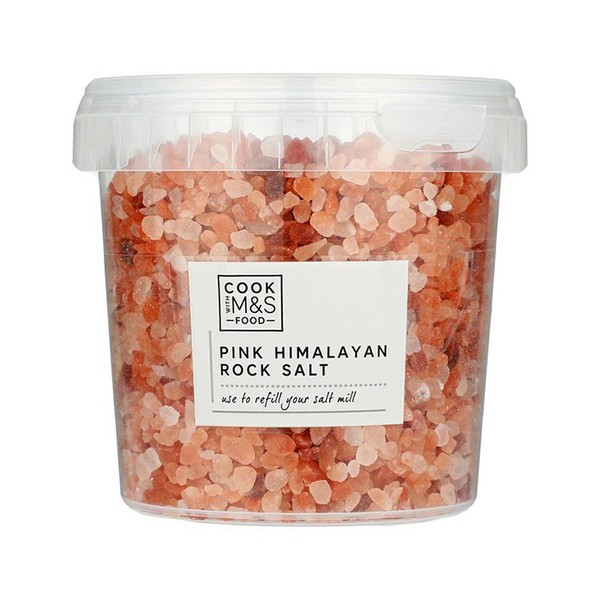
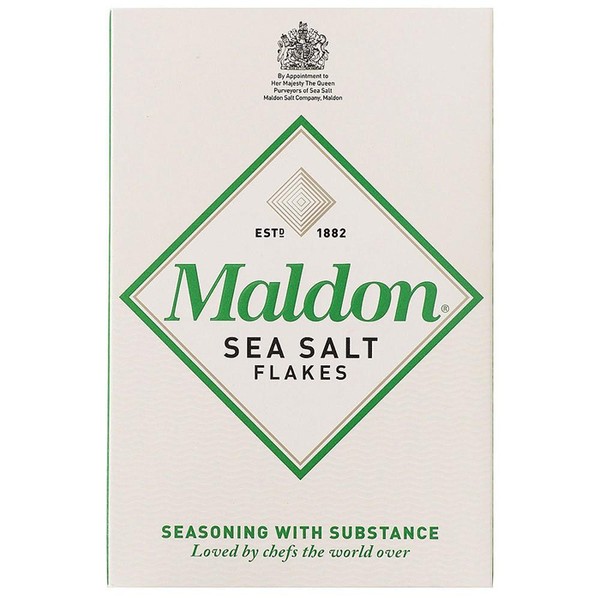
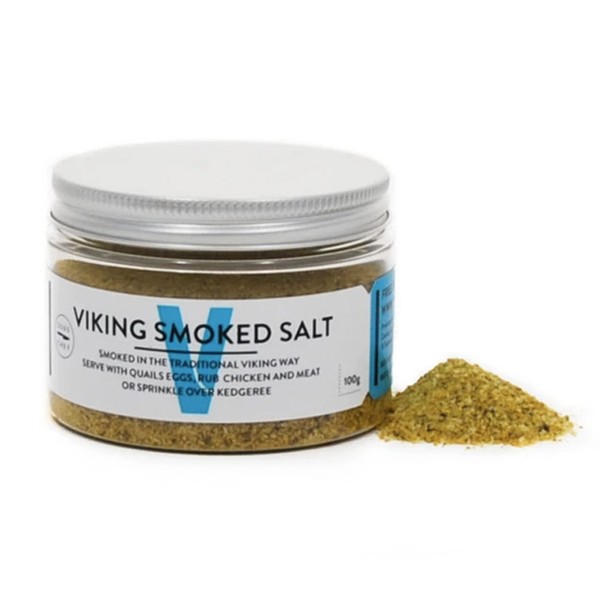
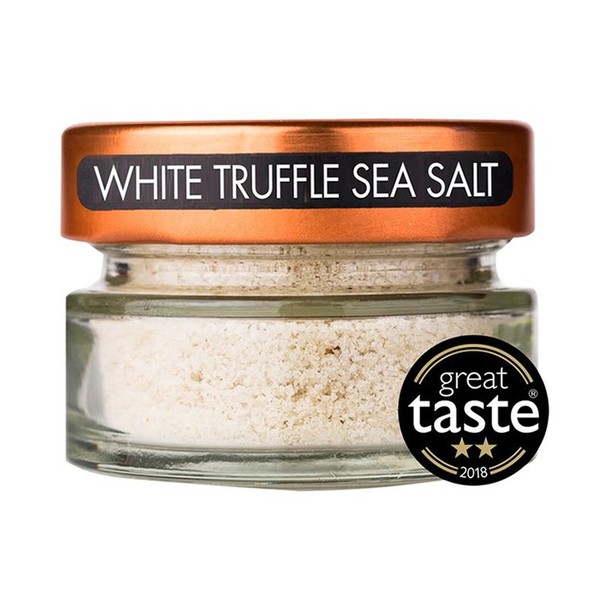
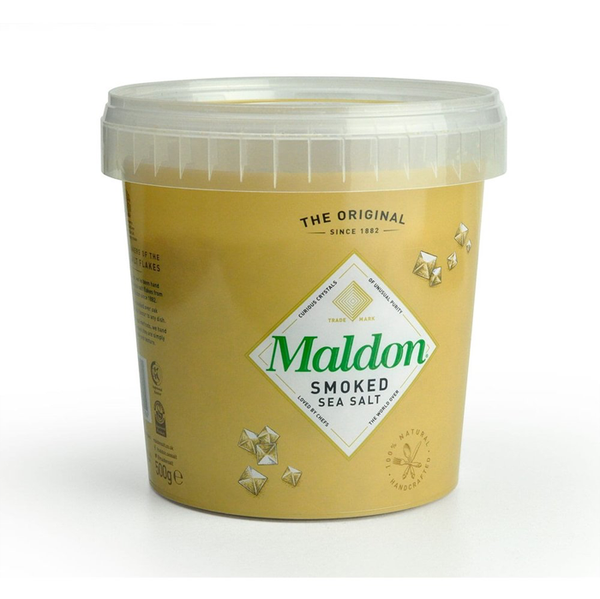
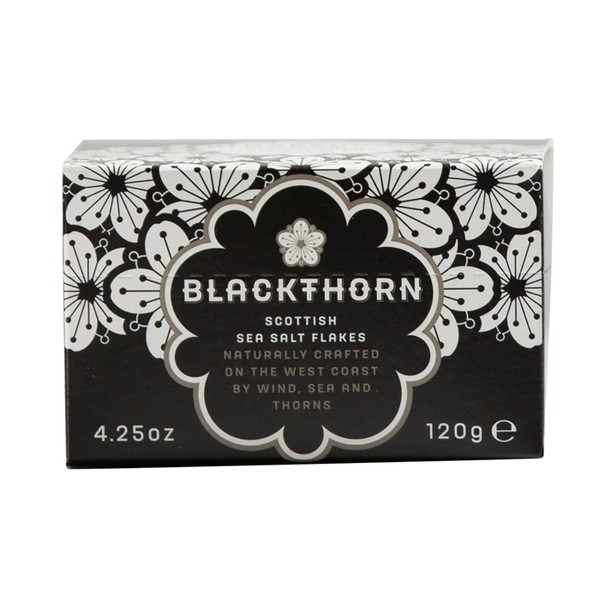
DISCLAIMER: We endeavour to always credit the correct original source of every image we use. If you think a credit may be incorrect, please contact us at info@sheerluxe.com.
